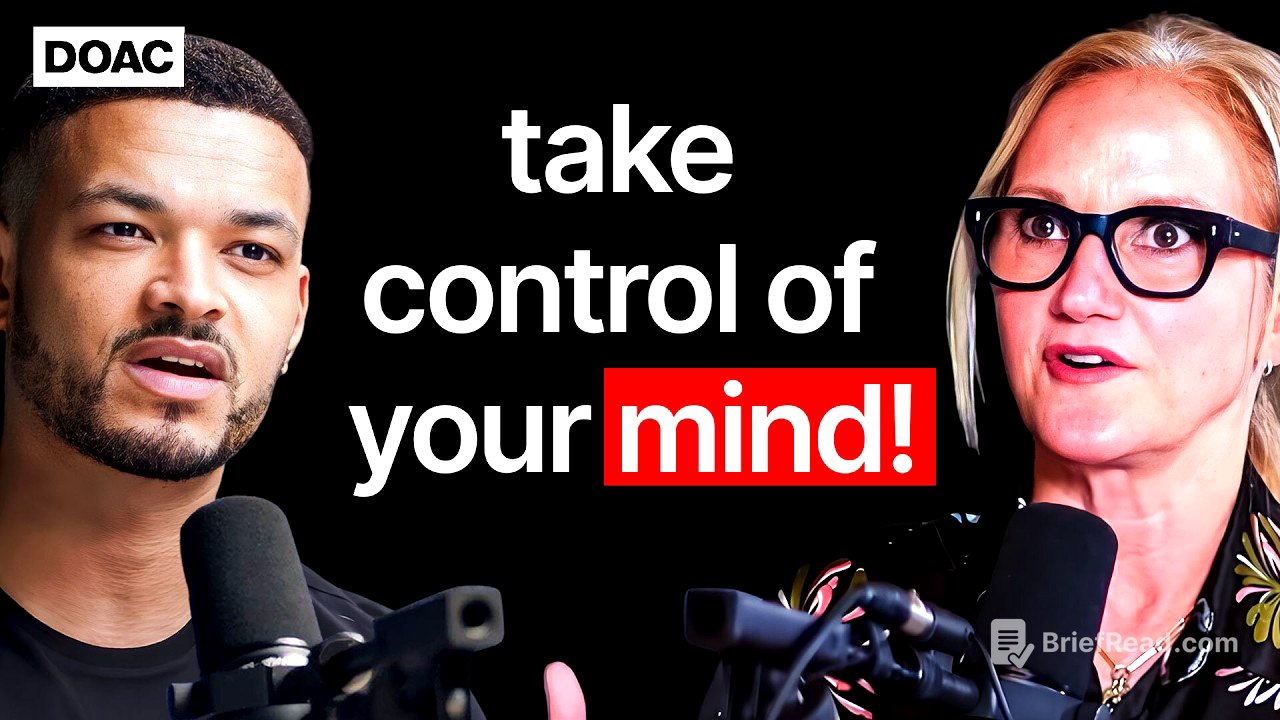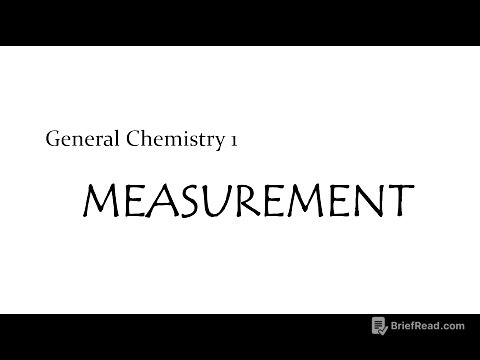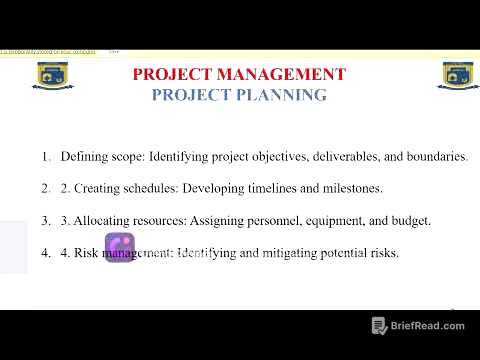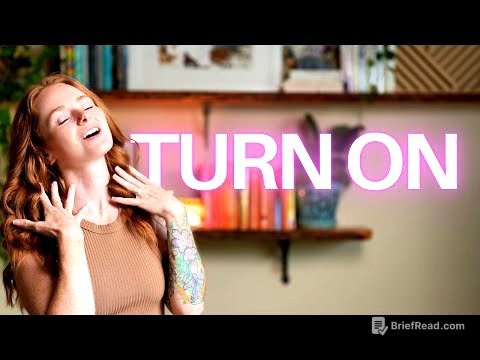TLDR;
Mel Robbins discusses her personal journey of overcoming anxiety and self-doubt, offering insights and practical advice. She shares a vulnerable account of childhood trauma, its impact on her life, and the strategies she developed to heal and empower herself. Robbins introduces the Five Second Rule and the High Five Habit as tools for breaking negative patterns and fostering self-love. She also touches on manifestation, the importance of self-awareness, and the universal feeling of being stuck, providing a roadmap for personal growth and resilience.
- Childhood trauma and its long-term effects
- The Five Second Rule and High Five Habit as tools for change
- The importance of self-love and self-acceptance
- Manifestation as a process of building a bridge with actionable steps
- Understanding and overcoming the feeling of being stuck
Intro [0:00]
Mel Robbins is introduced as an incredibly vulnerable, honest, introspective, and wise person. She is the author of three best-selling books that offer simple solutions for transformative life changes. The host recounts first discovering Robbins through a video about daily motivation and expresses excitement about having her on the podcast.
What made you into who you are today? [3:28]
Robbins shares a personal experience from her childhood, revealing that she was molested during a family ski trip when she was in fourth grade. She explains that she didn't remember the incident until her late 20s and that it led to a pattern of disassociation and lying as a child. This moment, though seemingly mild, set her on a decades-long journey to understand and break negative behaviour patterns.
The biggest flaw in the human design [12:10]
Robbins discusses the fundamental flaw in human design: when negative things happen to children, they internalise the blame, asking "what's wrong with me?" instead of recognising the external issues. She believes that humans are wired for self-love and connection, but trauma and chaotic environments can disrupt this natural state, leading to protective behaviour patterns that become ingrained. Trauma, in its simplest form, is a moment when the nervous system becomes dysregulated, causing the brain to record everything in hyperspeed for future protection.
Dealing with anxiety my whole life [19:05]
Robbins opens up about her lifelong struggle with anxiety, tracing its roots back to the childhood incident. She describes waking up every morning with a sense that something was wrong, leading to a chronic state of alertness and a switched-on sympathetic nervous system. This constant state of fight or flight made it difficult to focus, be present, and think clearly. She also shares how she was sent home from camps due to extreme homesickness and disassociation.
The layers of healing [25:51]
Robbins explains that healing from trauma involves multiple layers: talking about it, understanding its impact, interrupting old patterns, and repairing the nervous system. She highlights the importance of addressing the physical component of trauma, stating that one cannot simply talk themselves out of something they didn't talk themselves into. She uses the example of a car accident during a snowstorm to illustrate how trauma is a physical experience that disrupts the nervous system, creating triggers that evoke the original event.
The 5 second rule [53:23]
Robbins shares the story behind the Five Second Rule, a tool she developed during a low point in her life when she was struggling with unemployment and debt. The rule involves counting backwards from five (5-4-3-2-1) to interrupt the window of hesitation where anxiety and negative patterns take over. This technique awakens the prefrontal cortex, serving as a cheat code for the brain and enabling action. She emphasises that the solution to big problems often lies in small actions, and the Five Second Rule has helped millions change their lives.
The high five habit [1:02:34]
Robbins introduces the High Five Habit, which she believes is even more powerful than the Five Second Rule. This habit involves high-fiving oneself in the mirror each morning to combat self-hatred and criticism. She explains that this simple gesture creates partnership with oneself, tapping into positive programming in the brain and nervous system. The High Five Habit promotes self-acceptance, self-compassion, and a sense of having one's own back, ultimately changing how one shows up in the world.
Manifestation and visualisation [1:23:46]
Robbins debunks the common misconception of manifestation as simply thinking about something and having it magically appear. She stresses that positive mantras don't work if they contradict one's actions and beliefs. Instead, she presents manifestation as building a bridge between oneself and one's dreams, made of actionable bricks. She encourages visualising the necessary steps and challenges along the way, rather than just the end result. She also highlights the importance of hard work, perseverance, and being open to unexpected rewards and timelines.
Understanding when you’re ‘stuck’ [1:36:14]
Robbins explains that feeling stuck is a signal that one has stopped growing, which is tied to a fundamental human need. She suggests that having something to look forward to, taking a class, or changing a routine can help one feel less stuck. She also touches on the importance of purpose, defining it as sharing one's true self and being fully seen. She connects this to psychological safety, highlighting the fundamental emotional needs of being seen, heard, and celebrated for one's unique self.
The last guests question [1:43:29]
Robbins answers a question from a previous guest about her biggest regret. She acknowledges regretting any behaviour that hurt others, but also recognises that those experiences have shaped her understanding and empathy. She emphasises that good people can do bad things when they feel bad about themselves, and that the relationship with oneself is the foundation for everything in life.
Do you still struggle with everything you talk about? [1:45:18]
Robbins affirms that she still struggles with the issues she discusses, which is why she is so relatable. She shares a recent experience of being deliberately left off the New York Times audiobook list, triggering old feelings of being an outsider. She explains that she allowed herself to feel the disappointment, but then redirected her focus to what truly matters: making an impact and connecting with her audience. She also reiterates her belief that if she is a good person working hard, things will eventually work out.
Finally understanding why I do what I do [1:53:29]
Robbins reflects on her journey and realises that her drive to help others stems from her own experiences of being dysregulated and anxious. She describes feeling like a car with the emergency brake on, wanting to go but being unable to. By gaining control of her thinking, understanding anxiety, and healing her trauma, she finally experienced being safe and okay in her body. She now has a zero tolerance for staying in a dysregulated state and is committed to living a grounded, centered life.









